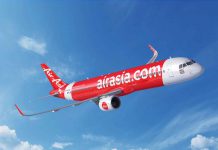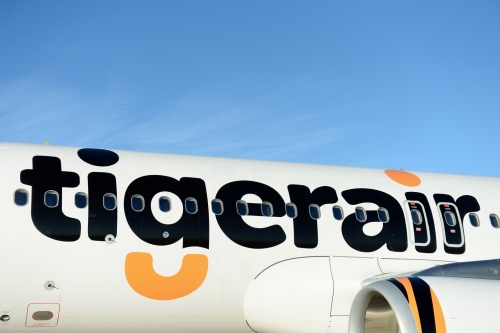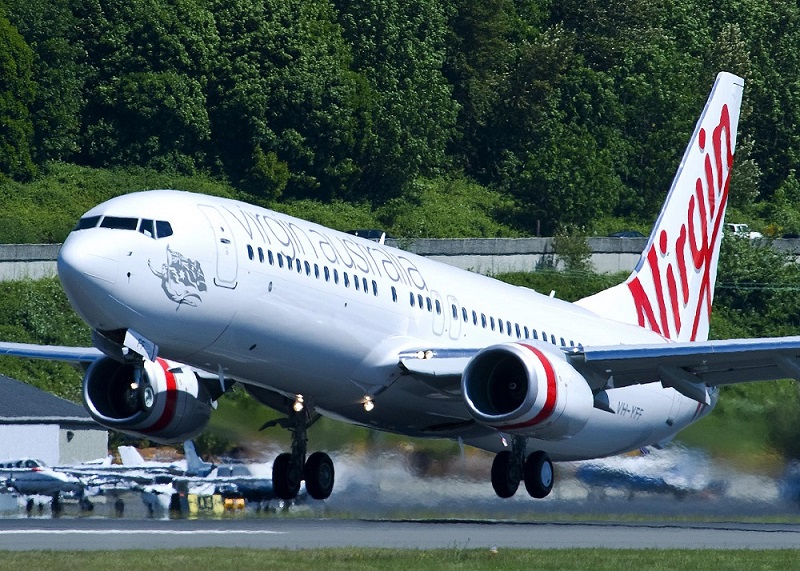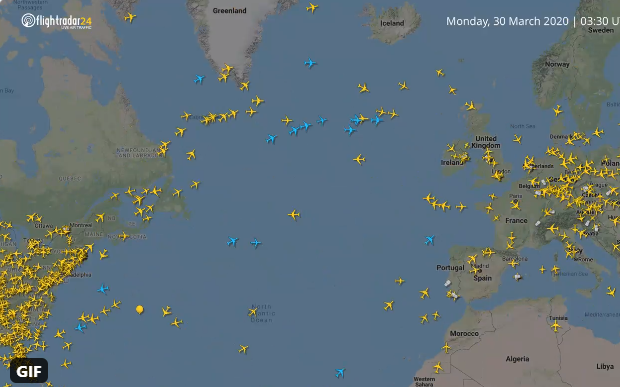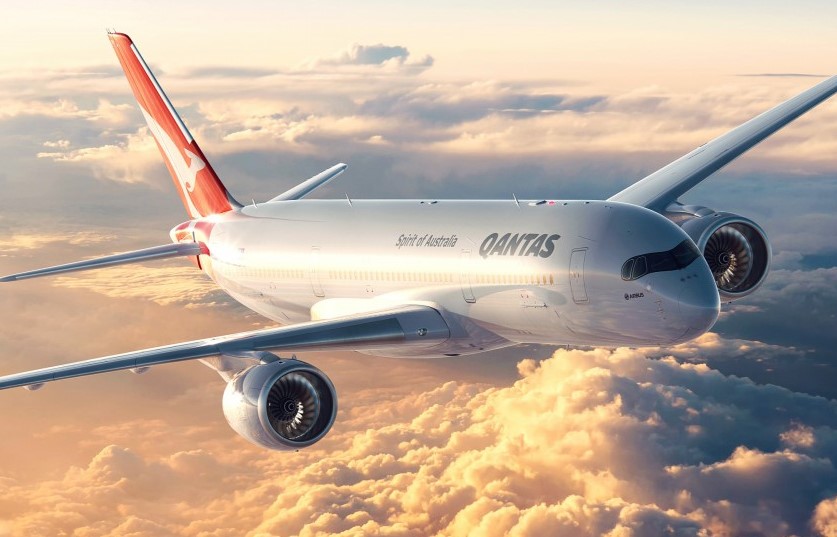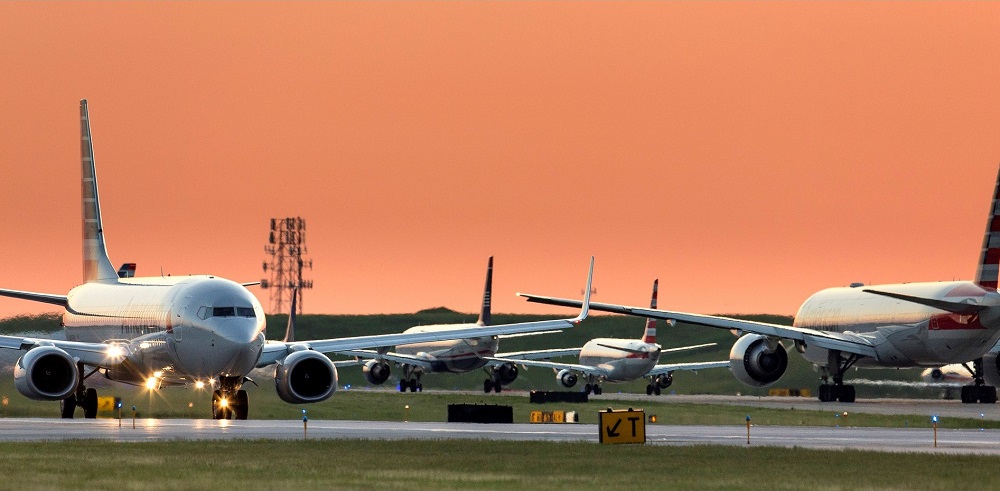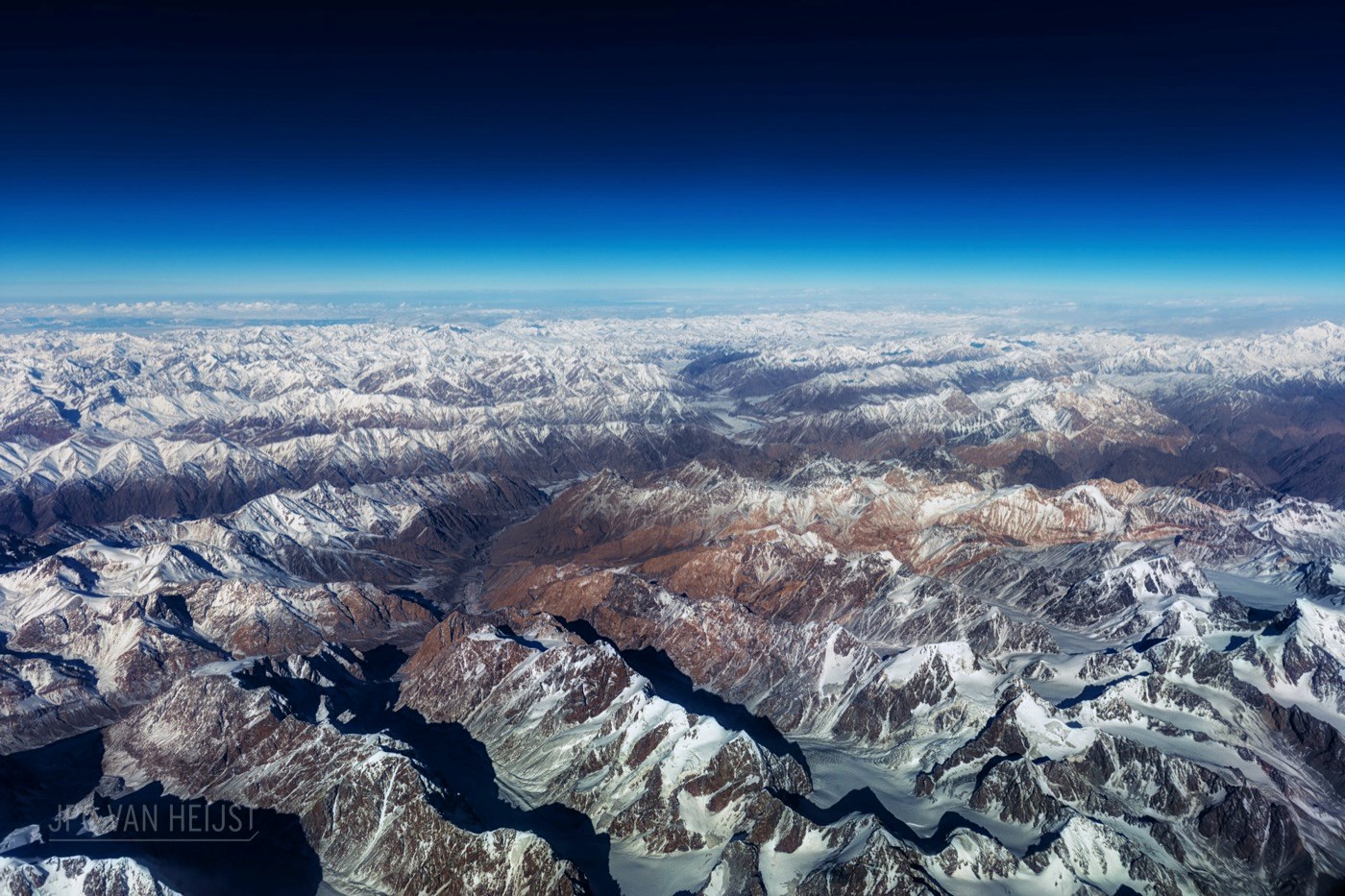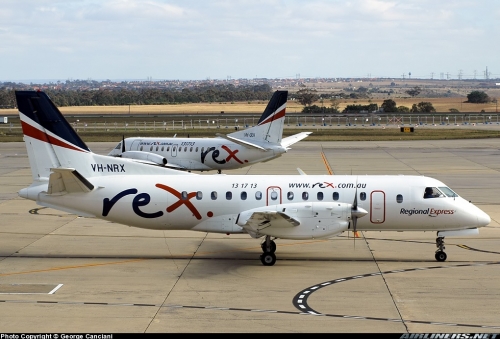Regional airlines in danger of failing have been thrown a lifeline by the Australian government as the aviation aid package moved, at least on paper, to $A1 billion.
Regional Express (Rex), which had threatened to shut down all routes but government-funded services in Queensland, said the package would allow it to continue operations in most of its network of 59 destinations.
It expects to unveil a new schedule early this week.
READ: Warning Asia-Pacific airlines could lose 1.5 billion pax to COVID-19.
But unions and ground-handling companies say they are receiving little benefit from the aid and it doesn’t go far enough to help workers.
Deputy Prime Minister Michael McCormack announced a $A198-million Regional Air Network Assistance package on Saturday he said was aimed at maintaining critical air services to regional Australia by underwriting operations on certain routes.
The money will help cover safety-related costs, regulatory compliance and support “minimum operational capability”.
The government also announced an additional $A100 million to provide direct financial support to smaller regional airlines should it be needed.
It said airlines, including aero-medical and other essential service providers, could be eligible for month-by-month assistance to September 30, subject to financial analysis and “demonstrated need”.
The new funding came as a group of carriers warned they faced financial ruin and is in addition to a previously announced $A715m aviation aid package that waved imposts such as air navigation charges and fuel excise.
However, these waivers benefit operating airlines and with most of Australia’s aviation capacity slashed, the government says it continues to work with major airlines.
Deputy Prime Minister Michael McCormack the network assistance package guaranteed that core routes for domestic air freight would remain open and essential workers remain employed “while providing vital financial support for airlines servicing regional and remote locations”.
“More than 100 regional and remote airports received a scheduled passenger service last month and this funding will be welcome news for the aviation workforce and the broader communities these services support,’’ he said.
“The funding will ensure regional communities benefit from an ongoing airline service by underwriting airlines’ operating costs on selected routes.”
Rex welcomed the package, saying it would have to stand down 30 to 40 percent fewer staff but many jobs, mainly flight crew and engineers, would still be suspended because flying activity would drop by about 80 percent.
“If our projections are accurate and if Rex is able to draw on its fair share of the assistance packages, this Regional Aviation Rescue Initiative put forward by the Coalition Government will permit Rex to sustain, for at least six months, its revised national network schedule even if passenger demand drops by 95 percent compared to pre-COVID days,’’ deputy chairman John Sharp said. “As of yesterday, the reduction stands at 85 percent.”
Sharp said which services were retained would depend on factors such as government criteria for the package, prevailing passenger numbers on each route, state priorities and joint decisions with QantasLink in accordance with the recent easing of competition rules.
Lobby group Airlines for Australia and New Zealand (A4ANZ) also welcomed the package, saying it acknowledged that airlines had been critically disrupted by border closures.
“As a nation, we are more dependent on aviation than most countries around the world and, the Deputy Prime Minister said today, regional aviation has been smashed by COVID-19,” A4ANZ chief executive Alison Roberts said.
But the Transport Workers’ Union and ground handling companies were unimpressed.
Four of Australia’s biggest ground-handling companies –dnata, Menzies Aviation and Swissport — said the ground handling industry was being ignored and federal government inaction posed “a serious threat to the security of critical infrastructure and post-pandemic recovery”.
“Today’s funding focus on regional airlines appears to fundamentally misunderstand how the aviation sector works in this country, and ignores the fact that all air freight comes into Australia through a capital city airport,” they said.
“Yes, there are critical staff and services in regional Australia, but only providing support to them will not protect regional Australia, as no planes can operate if the airports – regional or major – do not have any ground handlers.
“Critical medical supplies and equipment and other time-sensitive goods cannot be moved around Australia without the services ground handling companies provide.
“So far, ground handling companies have not seen any benefit from the $715 million aviation relief package airlines received and have been forced to stand down up to 50 percent of their combined workforce.”
The TWU accused the government of operating a trickle-down system in aviation by throwing public money at airlines without ensuring a return for taxpayers or airline workers.
“It is ignoring the many aviation ground services companies which allow airlines to operate and it ignores the thousands of workers being forced to bear the brunt of the crisis by having to take accrued leave, future leave and unpaid leave,” TWU national secretary Michael Kaine said.
“We want to see the Government subside 80 percent of wages for workers stood down and we want to see the Government ensure that the airlines are managed in a way that benefits the traveling public and workers, not just executives and shareholders.”





